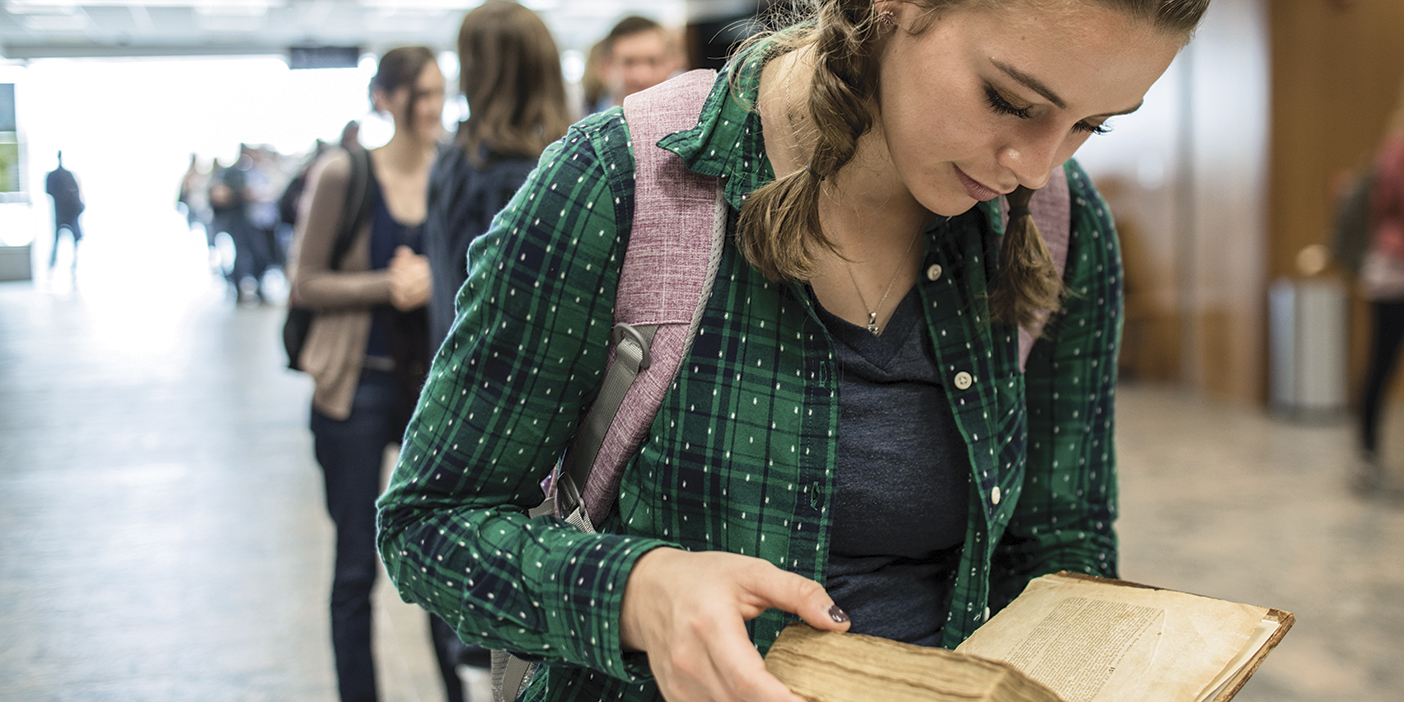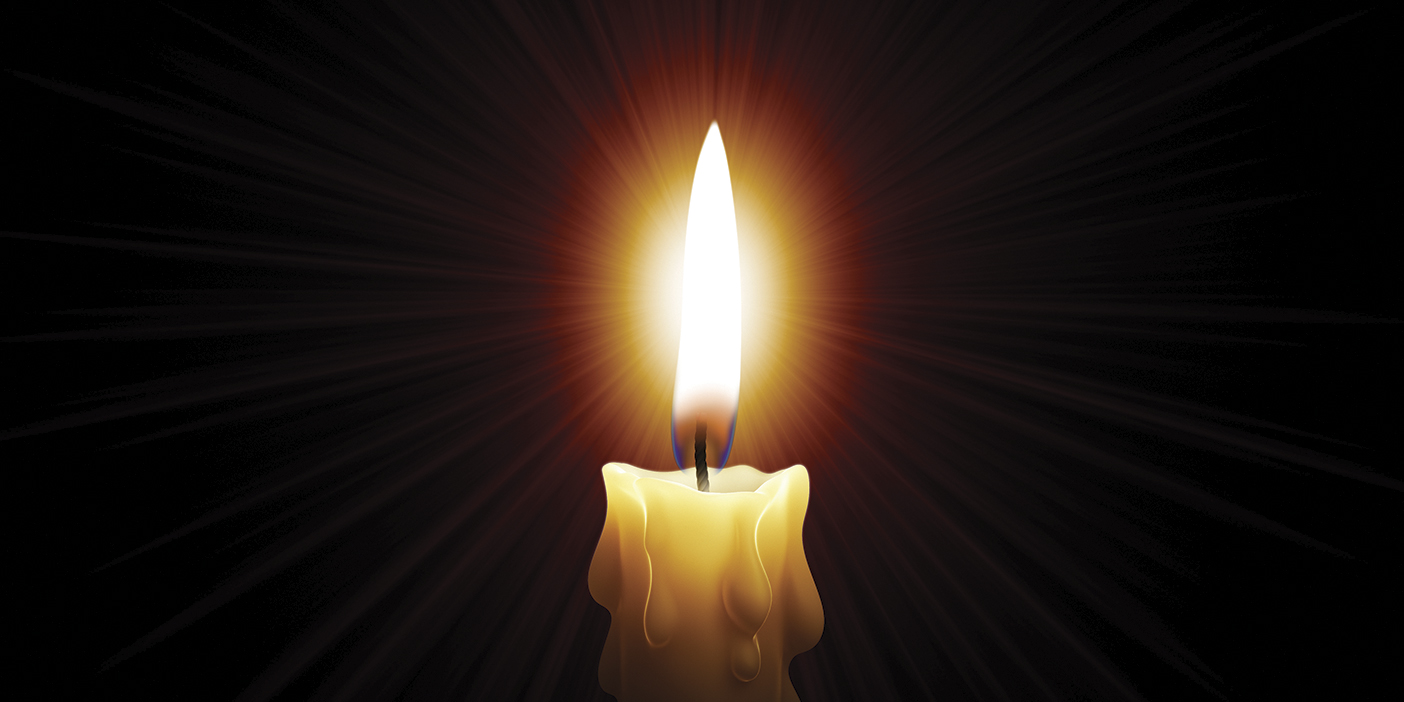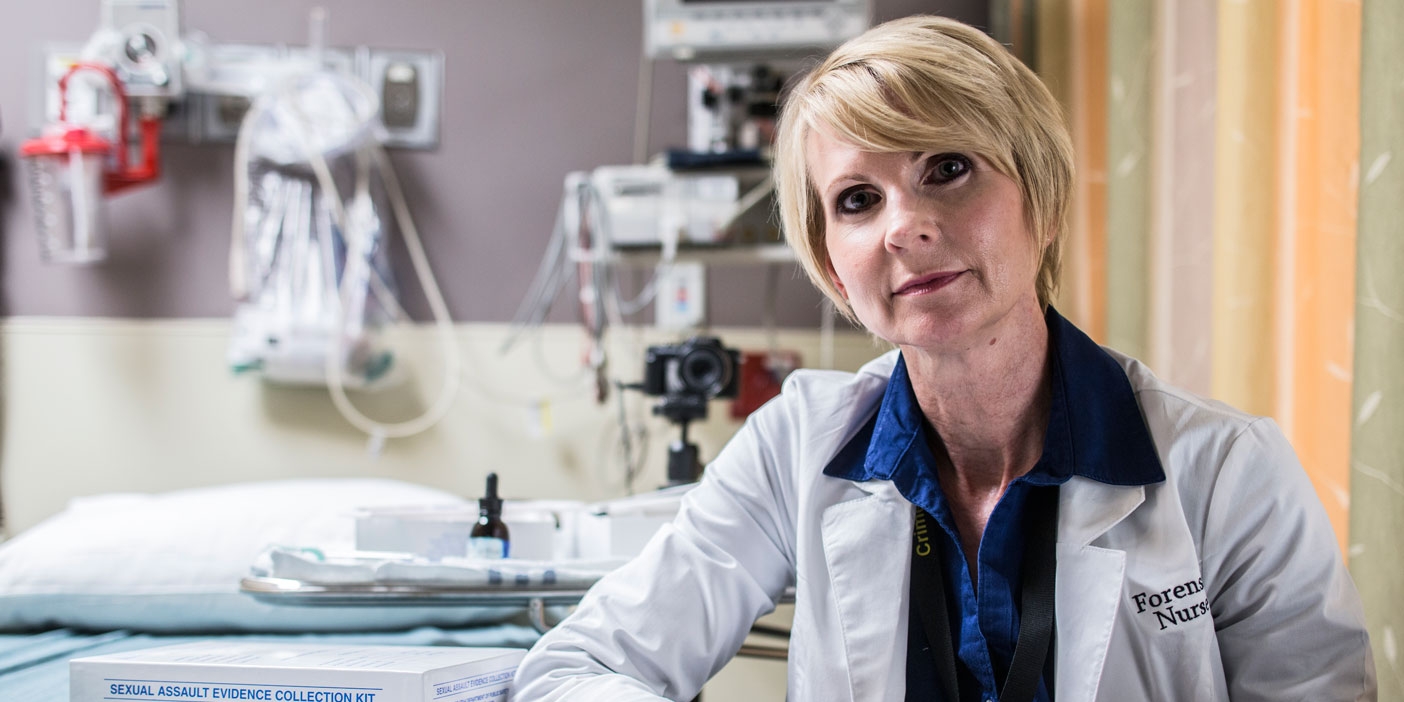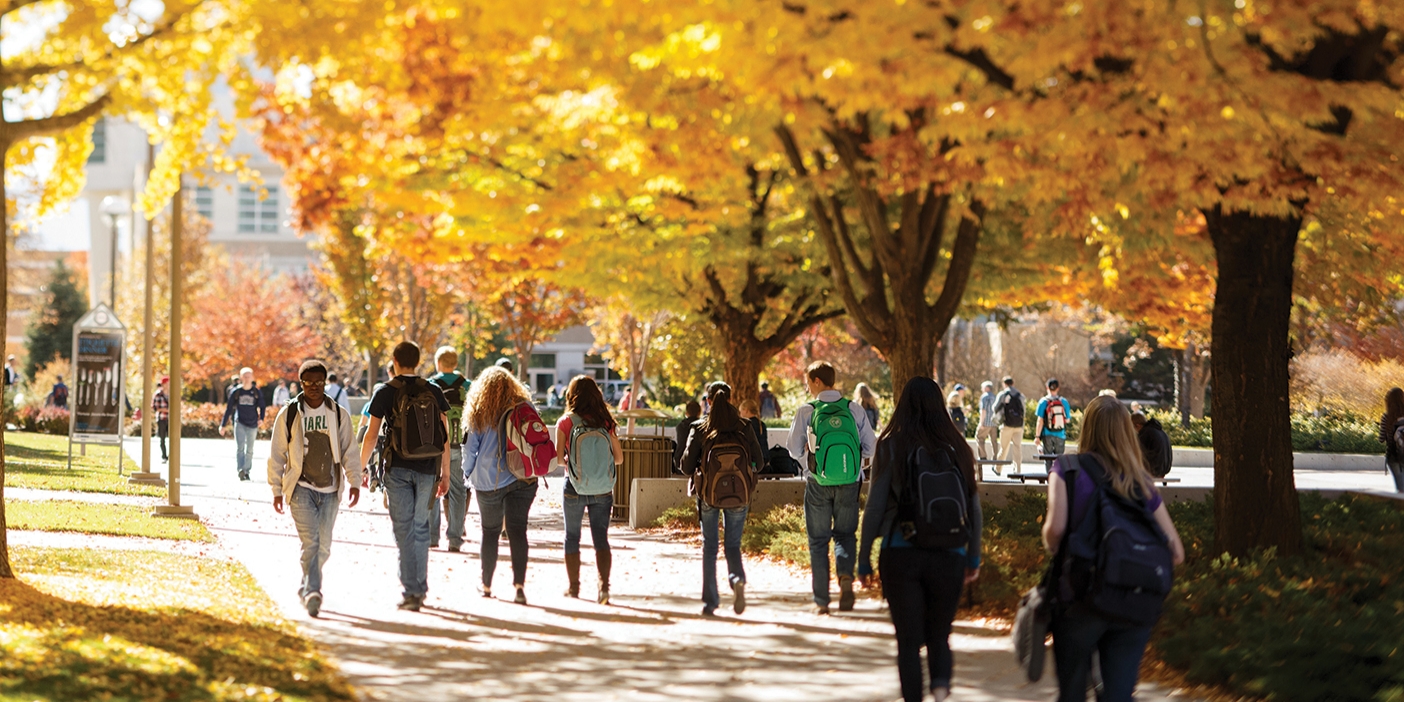
Last spring BYU invited its students to participate in an anonymous campus-wide survey that assessed incidents of sexual misconduct, student perceptions of their safety on campus, and student awareness of resources and trainings. Nearly half of the entire student body responded, giving the university new insight into the student experience as it works to decrease incidents of sexual misconduct and to provide additional support for victims.
The survey found that 3.7 percent of survey participants (6.5 percent of females and 1.2 percent of males) had experienced some form of unwanted sexual contact in the previous 12 months. When students reported incidents of unwanted sexual contact, they most often reported to an unofficial resource, such as a friend, roommate, or family member. Only 41 percent of survey participants said they knew where to direct a friend to get help.
While almost all survey participants reported feeling safe at BYU, nearly one in four said that training and prevention practices regarding sexual assault seemed lacking. “The biggest thing that came out of [the survey] was that we need to be doing more training to help our students and the campus community better understand these issues,” says BYU Title IX coordinator Tiffany D. Turley (BS ’04). She points to recent efforts to educate students about resources for victims, including BYU’s Victim Advocacy Services, Counseling and Psychological Services, and Women’s Services and Resources, where students can go to speak to someone confidentially. The Title IX Office is also bolstering its training programs. They’ve conducted more than 100 on-campus seminars, workshops, and formal trainings in the past few months.
And change has already started: there has been a rise in reporting, with more reports filed in fall semester than there were during the entire previous school year. This doesn’t mean there has been an increase in incidents, says Turley. Rather, the increase shows that students “are starting to recognize the change and becoming more aware of the resources available,” she says.
To Turley, the survey results are more than just numbers. “Each statistic is a human life,” she says. “When we’re dealing with these students, we’re not [thinking about] a report or some federal requirement. . . . What we’re thinking about is the student sitting across from us whose life has been impacted by these really difficult things.”
Colleges and universities across the nation have begun conducting such surveys to confront sexual misconduct on their campuses and to navigate new Title IX guidelines. BYU’s 43 percent response rate “far exceeds that of many other institutions who have conducted similar surveys,” says Lindsay Orchowski, a research professor at Brown University’s Warren Alpert Medical School and an independent consultant in developing BYU’s survey. “The large number of students who participated in the survey lends confidence to the findings and also speaks to the openness of the student community to address these issues.”
BYU plans to conduct similar surveys every two to three years with the hope that the university can continually improve in creating a safe and responsive environment. “By taking that data and making meaningful change, we can really impact people’s lives,” says Turley. “What it comes down to is helping the students.”
View the full survey report.












